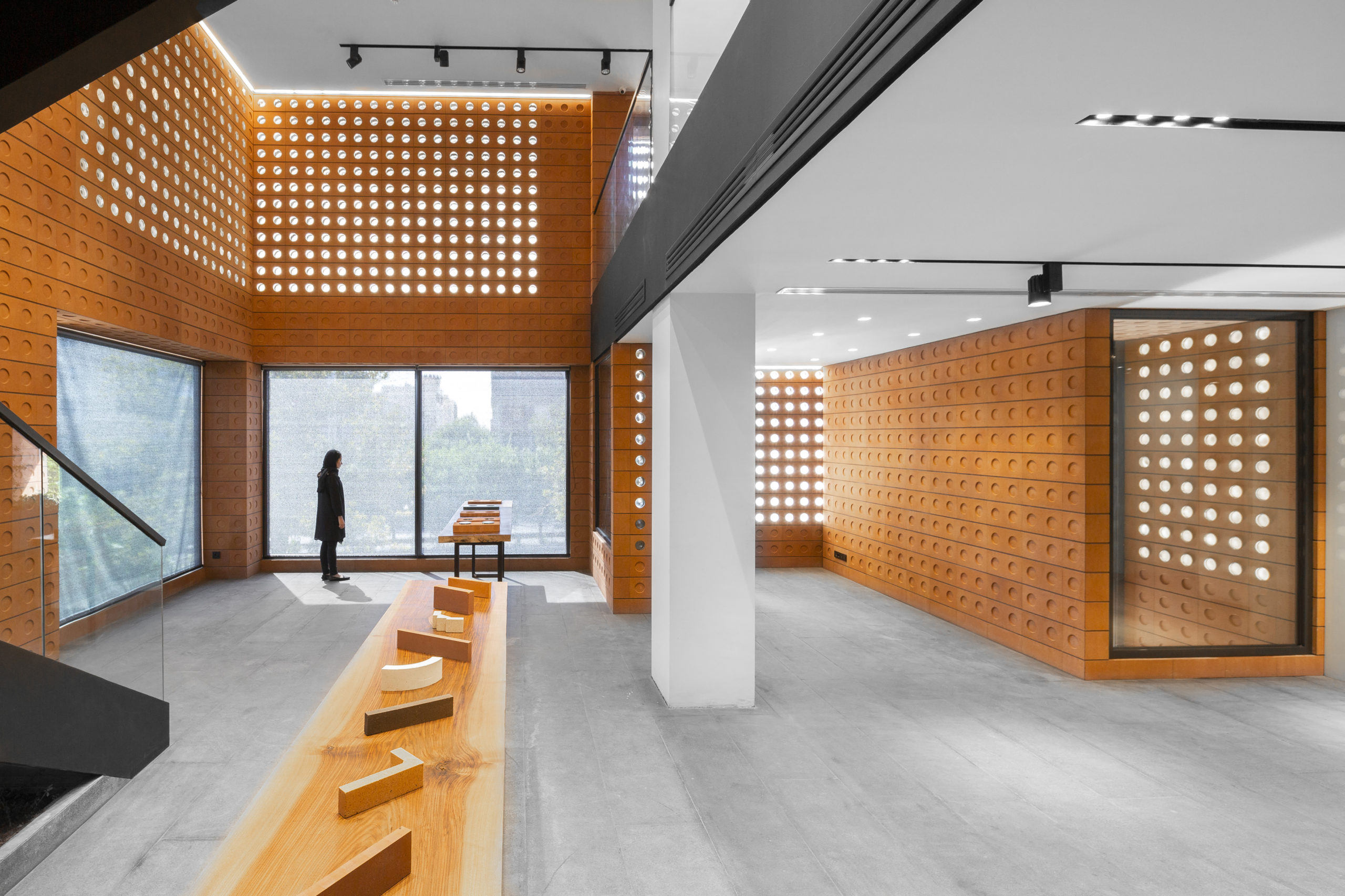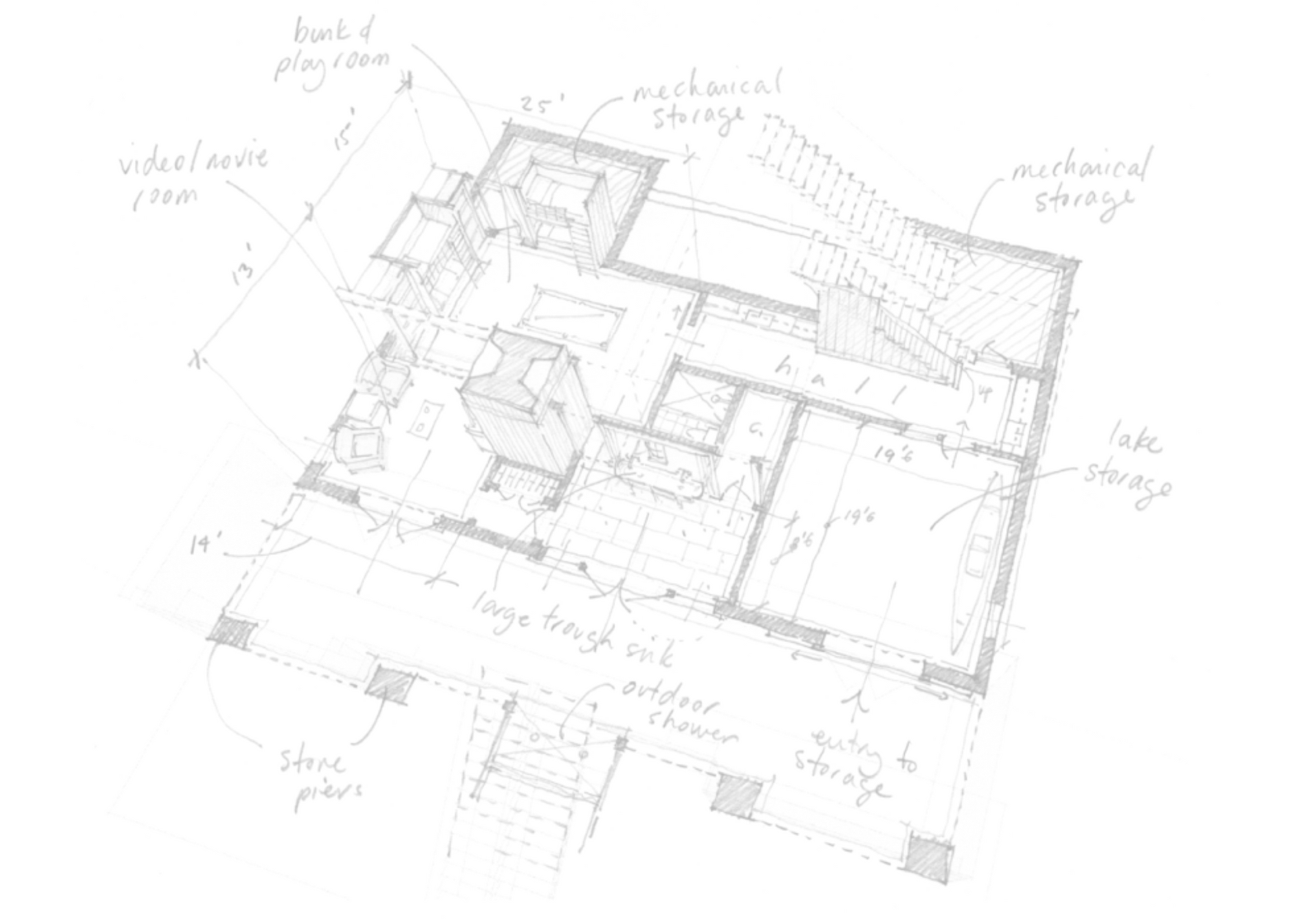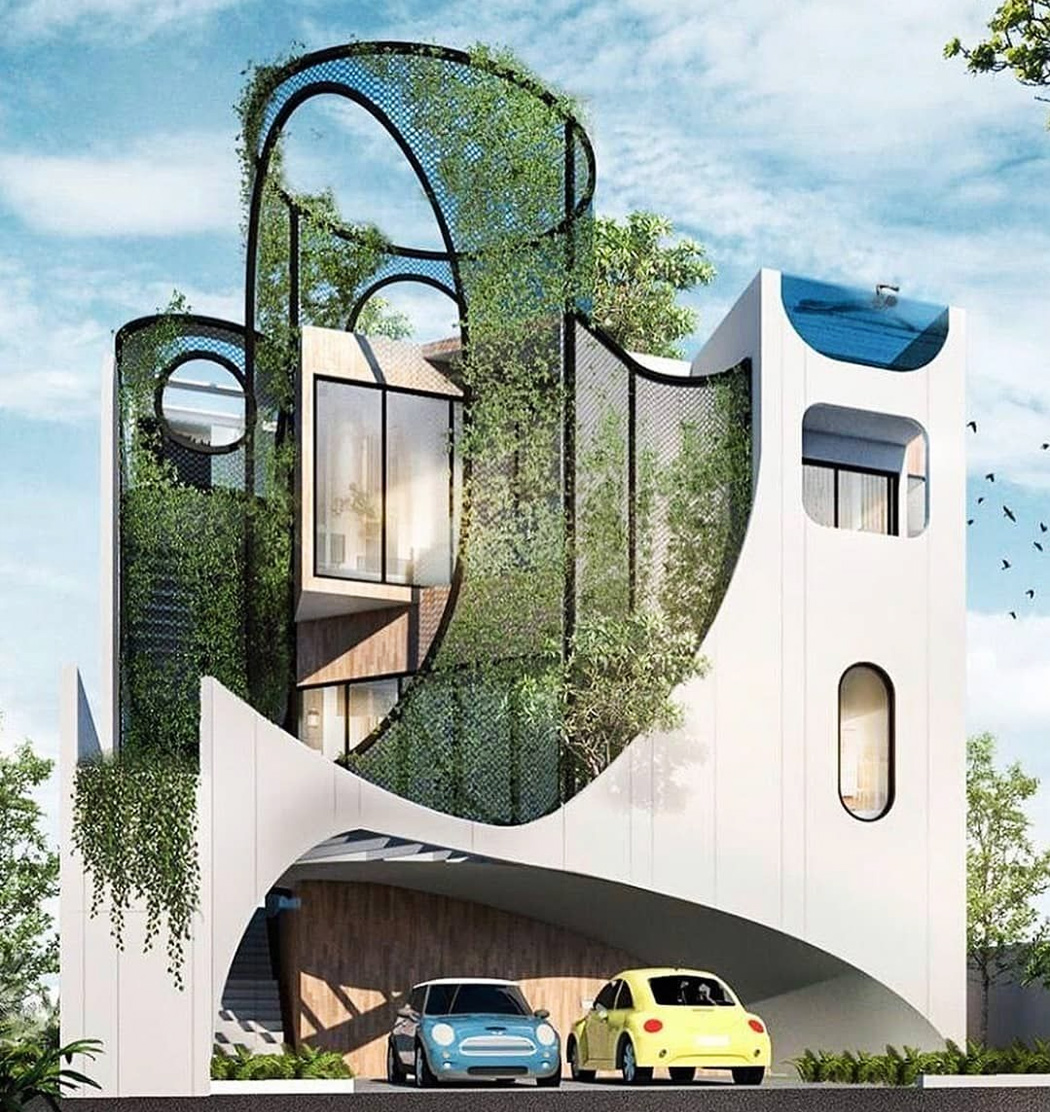The Impact of Technical Developments on the Style Practices of Contemporary Architects
The quick development of technological tools has actually substantially improved the layout landscape for contemporary architects, fostering extraordinary degrees of technology and sustainability. Checking out these dynamics reveals a nuanced interplay in between innovation and typical style approaches, prompting a more detailed examination of what the future holds for architectural practices.
Evolution of Architectural Tools
How have architectural tools transformed the design and building and construction procedures over the centuries? The evolution of architectural devices has dramatically affected the efficiency, precision, and creative thinking of layout and building.
With the arrival of the Renaissance, the introduction of the compass and the protractor noted a pivotal change. These devices made it possible for engineers to attain higher accuracy in their styles, assisting in the development of more elaborate and proportional structures. The Industrial Revolution even more reinvented architectural exercise with the intro of mechanized devices and materials, allowing for bigger and much more enthusiastic tasks.
In the 20th century, the development of computer-aided style (CAD) software application transformed the landscape once more, giving engineers with extraordinary abilities in modeling and visualization. Today, progressed devices such as Structure Info Modeling (BIM) and parametric layout software remain to push the boundaries of building technology, enabling a much more integrated technique to layout and building procedures.
Boosted Collaboration in Style
As modern technology remains to progress, boosted cooperation in design has become a foundation of modern building technique. The assimilation of digital tools such as Structure Details Modeling (BIM), cloud-based systems, and advanced visualization software application has transformed the means engineers, engineers, and stakeholders communicate throughout the layout process. These devices assist in real-time communication, permitting groups to share concepts, alterations, and comments instantaneously, despite geographical place.

Furthermore, interdisciplinary partnership has actually been structured through these technical advancements, making it possible for architects to work extra closely with other professionals, such as city organizers and ecological experts. The result is a more natural method to develop that takes into consideration different point of views and knowledge. Eventually, improved collaboration in style is not merely a trend; it is essential for developing innovative, useful, and visually pleasing style in a significantly complex globe.

Sustainability Via Innovation
Sustainability in design has actually increasingly become linked with technical development, driving the market toward environmentally liable practices. Contemporary engineers are leveraging advanced modern technologies to minimize environmental impact while enhancing the performance of buildings. cda architects. One popular instance is using Structure Information Modeling (BIM), which enables specific preparation and resource allowance, minimizing waste during building and advertising energy efficiency throughout a structure's lifecycle
Furthermore, wise materials and energy-efficient systems are being integrated into styles to enhance source usage. Technologies such as photovoltaic or pv cells and green roof harness renewable resource sources, adding to reduced carbon footprints. Furthermore, the application of expert system in design processes allows engineers to imitate and evaluate power consumption, directing decisions toward more sustainable outcomes.
The combination of sustainable modern technologies not just lines up with international environmental goals yet likewise fulfills a raising demand from consumers for environmentally friendly solutions. As designers embrace these technologies, the focus moves towards developing spaces that are not just cosmetically pleasing however likewise functionally lasting, therefore redefining the standards of contemporary architecture. This way, modern technology acts as a stimulant for sustainability, enabling designers to design buildings that respect and improve the natural atmosphere.
Challenges in Execution
While technical innovations in design hold great pledge for improving sustainability, their implementation often experiences substantial difficulties. One main barrier is the high learning curve related to new innovations. Designers and construction experts might require comprehensive training to efficiently utilize innovative software program and tools, which can delay project timelines and raise prices.
In addition, the integration of emerging innovations, such as Structure Info Modeling (BIM) and lasting products, commonly requires collaboration across multidisciplinary teams. This collaboration can be prevented by differences in knowledge, process, and interaction designs, causing possible conflicts and inadequacies.

Additionally, regulative structures and structure codes might not equal technological innovations, producing ambiguity and prospective compliance concerns. This challenge can prevent architects from fully accepting new technologies, as the risk of non-compliance may outweigh the advantages. Attending to these execution difficulties is vital for the effective assimilation of technological developments in modern architectural techniques.
Future Trends in Design
The obstacles related to the execution of brand-new innovations in style have actually prompted a reevaluation of future fads within the market - cda architects. As architects browse issues such as sustainability, useful link urbanization, and social equity, they are increasingly taking on cutting-edge modern technologies to boost design performance and environmental efficiency
One prominent trend is the combination of expert system (AI) in the design process. AI devices can important link analyze vast datasets to notify layout decisions, improving both imagination and functionality. Building Details Modeling (BIM) proceeds to advance, enabling real-time collaboration among stakeholders and assisting in streamlined project monitoring.
Sustainable layout practices are additionally obtaining energy, with architects concentrating on flexible reuse and regenerative layout concepts that reduce resource usage and waste. The incorporation of clever products and renewable resource sources will additionally boost the resilience of structures despite climate adjustment.
Furthermore, the surge of parametric style enables even more customized and context-sensitive building remedies (cda architects). By utilizing these innovations, engineers are positioned to create built atmospheres straight from the source that not just address the prompt demands of culture yet likewise expect future difficulties, consequently redefining the role of design in an ever-changing world
Final Thought
Technical innovations have dramatically reshaped building layout practices, promoting enhanced accuracy, partnership, and sustainability. The combination of tools such as Structure Information Modeling and parametric design software application, alongside artificial intelligence and clever products, equips engineers to attend to intricate challenges a lot more efficiently.